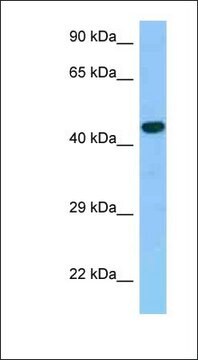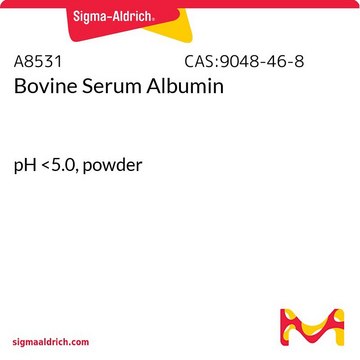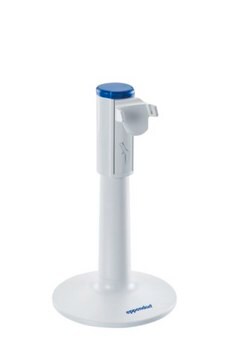I8909
Anti-Interleukin-1α antibody produced in goat
IgG fraction of antiserum, lyophilized powder
Synonym(s):
Anti-IL-1α
About This Item
WB
western blot: 1-2 μg/mL
Recommended Products
biological source
goat
Quality Level
conjugate
unconjugated
antibody form
IgG fraction of antiserum
antibody product type
primary antibodies
clone
polyclonal
form
lyophilized powder
species reactivity
human
technique(s)
neutralization: suitable
western blot: 1-2 μg/mL
UniProt accession no.
storage temp.
−20°C
Gene Information
human ... IL1A(3552)
Looking for similar products? Visit Product Comparison Guide
Related Categories
General description
Anti-interleukin-1α specifically reacts with human IL-1α. It does not react with human IL-1β and mouse IL-1β or mouse IL-1α in neutralization reactions. It shows 5% cross reactivity with mouse IL-1α in immunoblotting applications.
Immunogen
Application
Physical form
Not finding the right product?
Try our Product Selector Tool.
related product
Storage Class Code
10 - Combustible liquids
Choose from one of the most recent versions:
Certificates of Analysis (COA)
Don't see the Right Version?
If you require a particular version, you can look up a specific certificate by the Lot or Batch number.
Already Own This Product?
Find documentation for the products that you have recently purchased in the Document Library.
Our team of scientists has experience in all areas of research including Life Science, Material Science, Chemical Synthesis, Chromatography, Analytical and many others.
Contact Technical Service





![[4-(acetylamino)phenyl]acetic acid AldrichCPR](/deepweb/assets/sigmaaldrich/product/structures/998/245/c05afb37-e406-430e-b87e-95b0335140f4/640/c05afb37-e406-430e-b87e-95b0335140f4.png)

